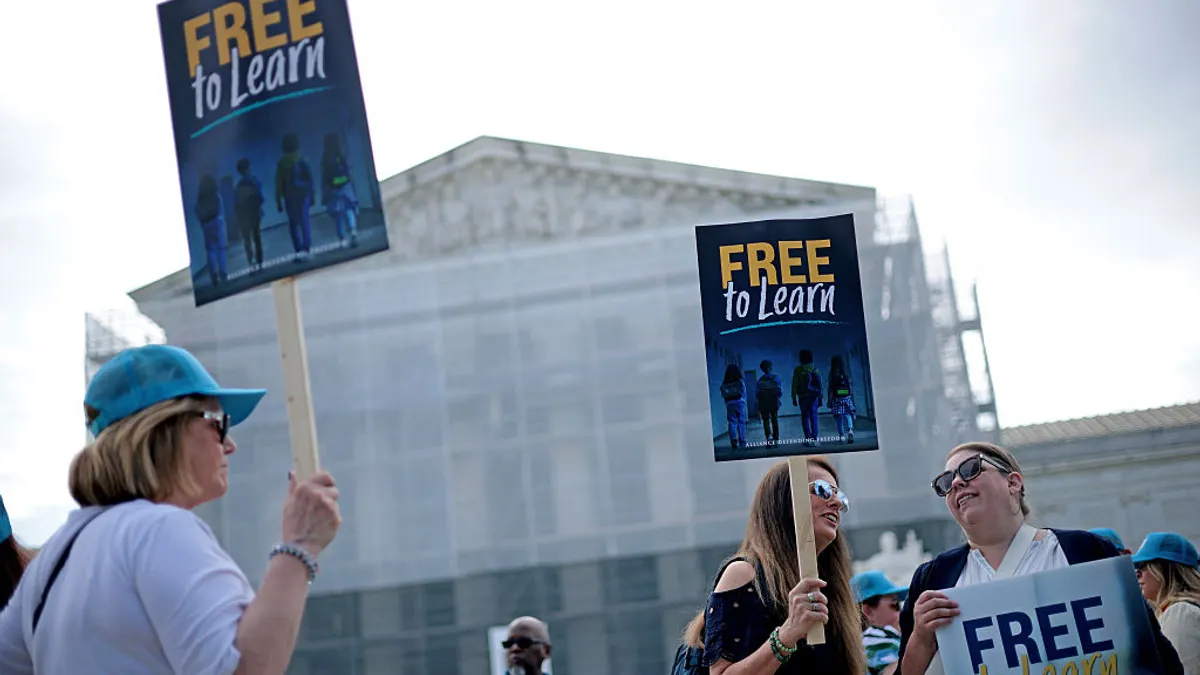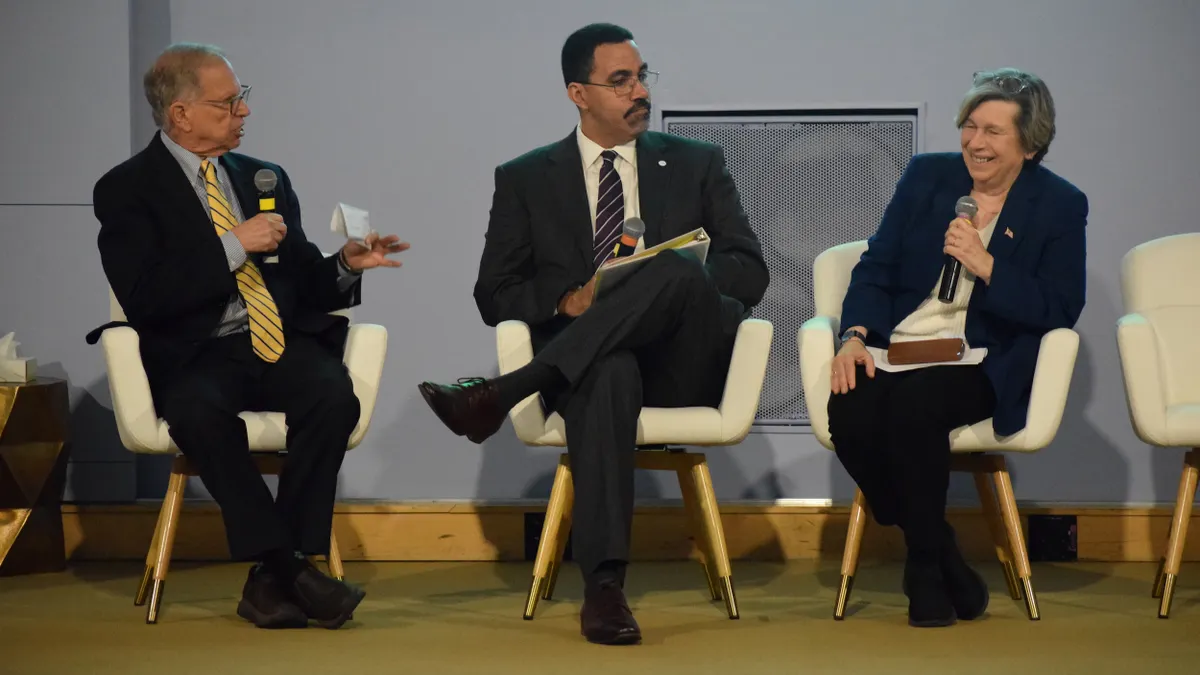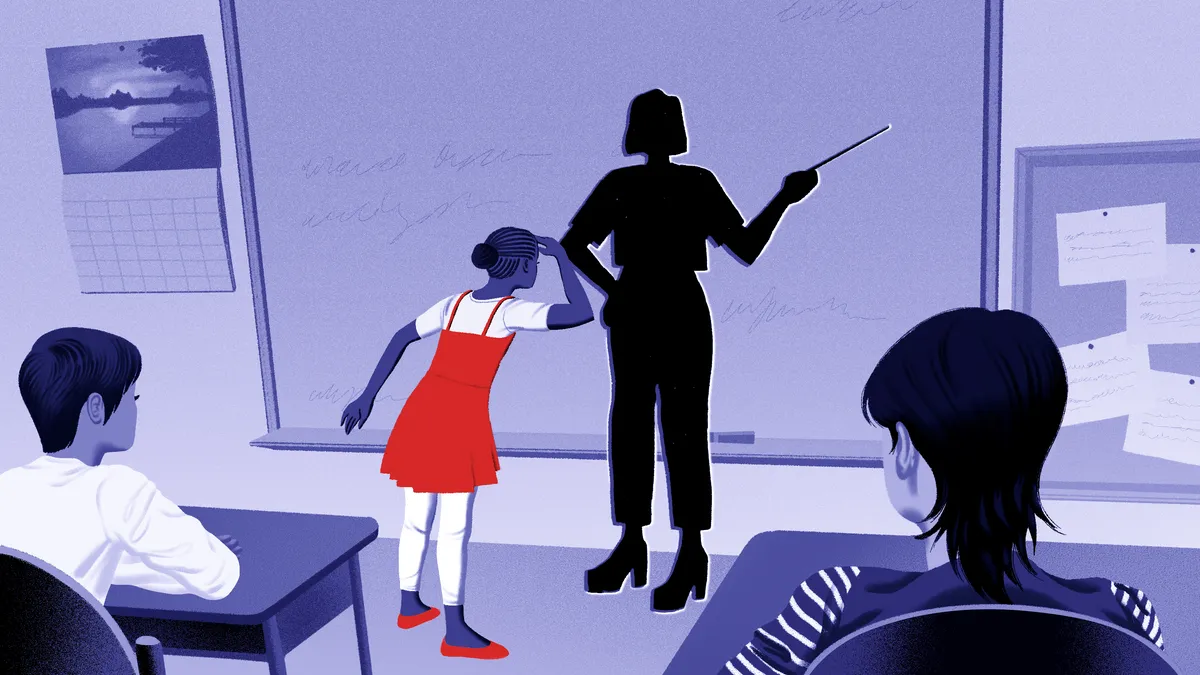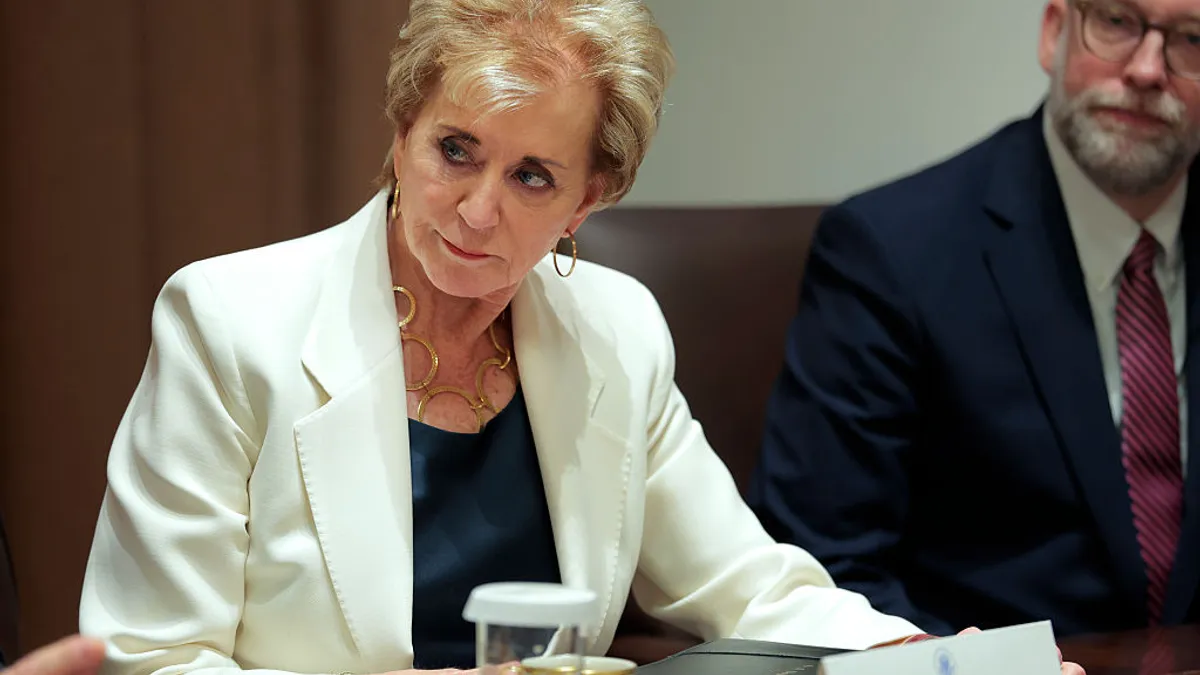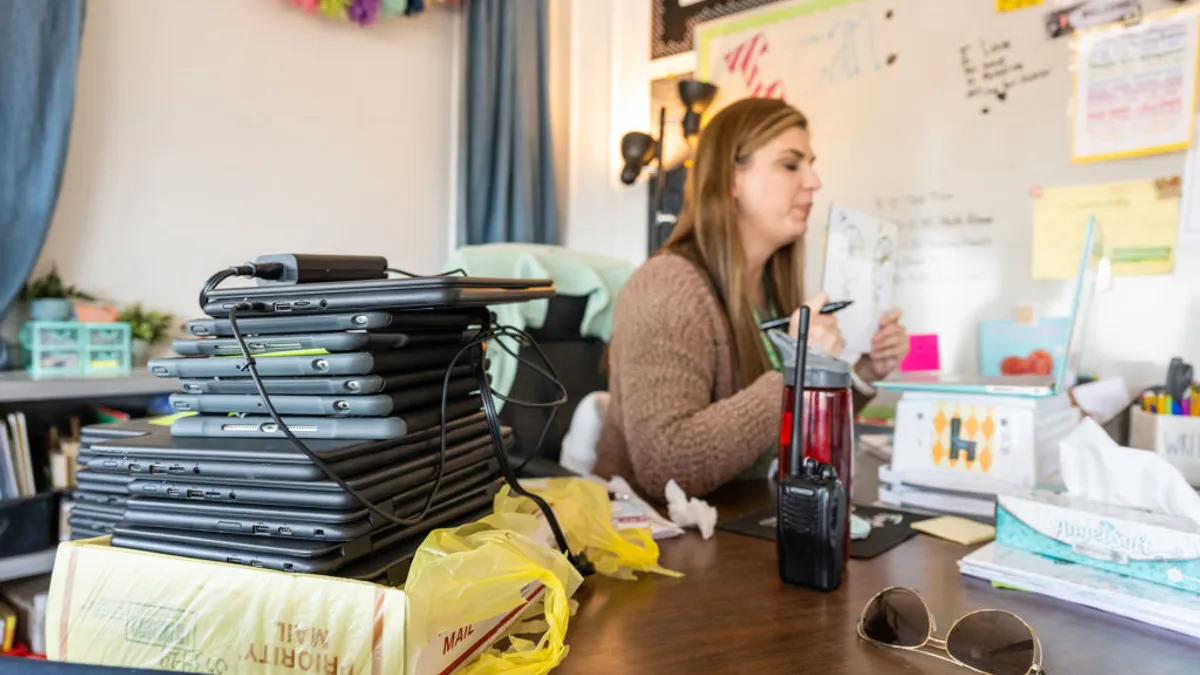An education leadership program at the University of Virginia is helping school and district officials dig deep into the root causes of student underachievement and make changes for sustainable improvements.
It's not a quick-fix process — the work typically takes 2 1/2 years or more — and involves multiple colleagues at the school and district levels. It requires reviewing case studies, having on-site visits, and participating in a series of hands-on sessions at UVA's Charlottesville campus. And then there's the data analysis and strategic planning that occurs simultaneously at the local level.
It can seem daunting to begin a school and district transformation process that will take time, hard work and money, say those who have participated in the Partnership for Leaders in Education program. UVA-PLE is a joint venture between UVA's Darden School of Business and the School of Education and Human Development.
But, participants say, the outcomes generated from those efforts are impactful.
Indianapolis Public Schools’ participation in the UVA-PLE program from 2021 to 2024 helped the district implement an approach for academic improvements that was actionable and measurable, said Erica Robinson, one of the district’s five executive directors of schools.
The program, Robinson said, helped the district "build good instructional leaders and the conditions for success that are necessary to help students be better."
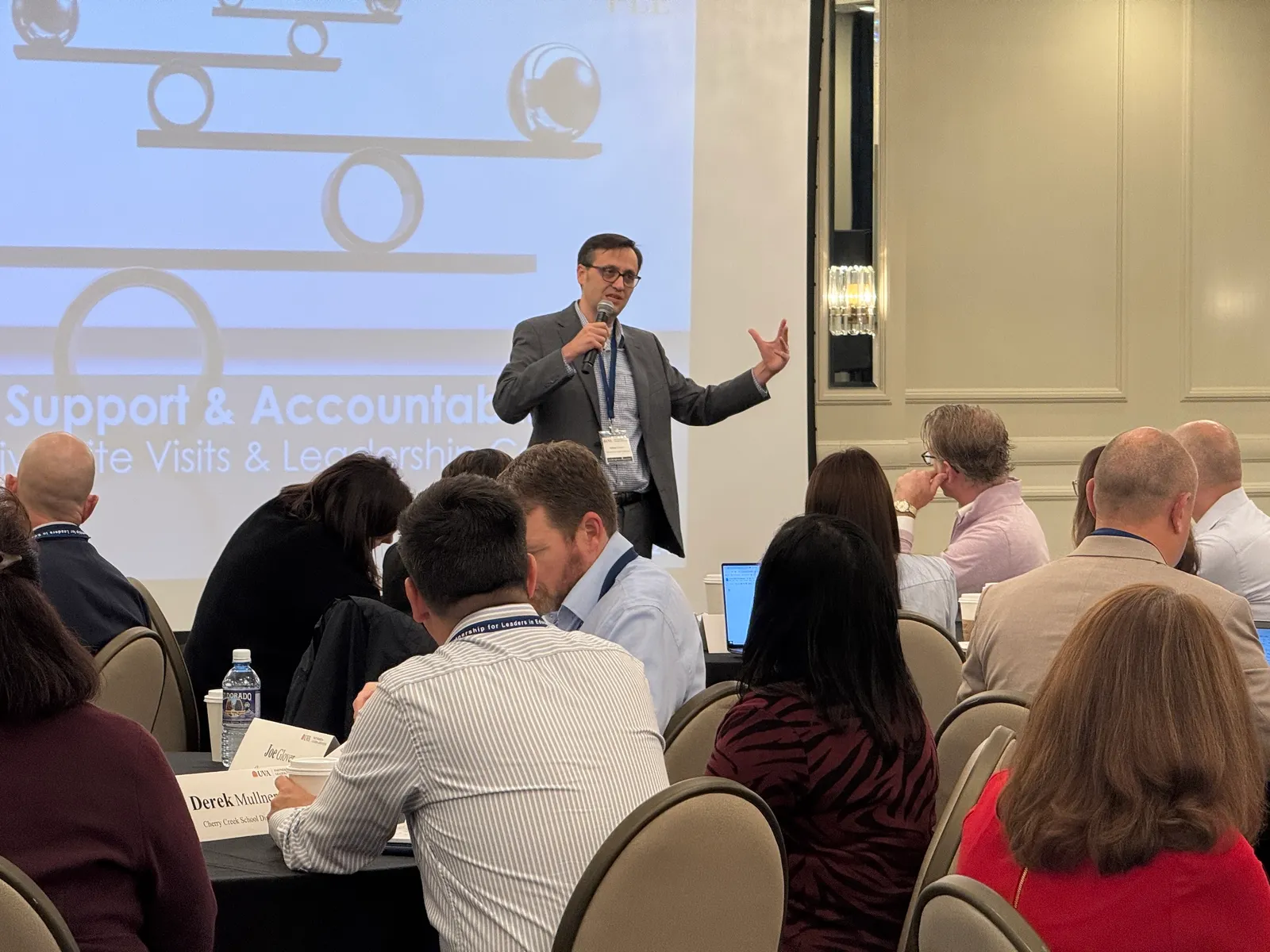
Meeting each school’s needs
The UVA-PLE program has been operating for 22 years and has worked with 190 districts and more than 900 schools from 33 states, according to William Robinson, executive director of UVA-PLE. William Robinson is not related to Erica Robinson.
While the characteristics and needs of school systems vary, UVA-PLE leverages a similar approach in each system to find opportunities for improving student learning based on local circumstances. At the start of each district's collaboration with the UVA program, opportunities for improvements are identified, and short and long-term strategies are developed that organizers hope will lead to sustainable change.
Next, district leaders and administrators at chosen "learning lab" schools that are typically low-performing work together and with UVA-PLE to determine goals and contribute to action plans at the district and school levels. They commit to increasing the intensity and quality of leadership coaching and support to the chosen schools. And by the final year of the district-UVA partnership, they look to scale what worked in learning lab schools across the district.
Robinson said the approach is not exactly prescriptive but is based on the unique needs of each partnering school system.
A 2021 article in the Journal of Research on Leadership Education found that the UVA-PLE approach led to positive impacts on student achievement in math and for English learners in English language arts in underperforming New Mexico schools.
Robinson and the university cite other results from UVA-PLE partnerships:
- Georgia's Fulton County Schools, in 2019, recorded a 90% decrease in systemwide F-rated schools, while also increasing college admission at three high schools by 50%.
- Wisconsin's Fond du Lac School District increased elementary English language arts proficiency rates from 34% in 2021-22 to 48% in 2023-24 and math proficiency rates from 44% to 53% in the same time period.
- O.T. Bonner Middle School in Danville, Virginia, lowered its chronic absenteeism rate from 21% in 2022-23 to 5% in 2023-24. The school also increased its math proficiency rate from 61% to 79% in the same time period.
Robinson said that programs within a school or district are often working in silos or initiatives are carried out in a top-down fashion. Instead, educational systems should be designed to help respond to students' needs, remove barriers, help leaders' visions come alive, and build career pipelines for school and district administrators, he said.
"It's about ensuring that the organizational design is working on behalf of students in schools and helping system leaders really learn how to create responsive supports to schools that drive outcomes and grow leadership along the way," Robinson said.
Schools often contract with UVA-PLE using Title I or Title II money or by using state or federal school improvement dollars. Some school systems also lean on local philanthropic organizations for financial support, said Robinson. Ultimately, he added, there could be cost savings to participating districts through staff retention, improved academic performances and staff workflow efficiencies.
From autonomy to cohesion
Indianapolis Public Schools, which has more than 30,000 students, began its partnership with UVA-PLE as the district shifted school principal roles from focusing on operations to prioritizing instruction.
This shift also occurred as the district implemented a more cohesive approach for strategic improvements and measurements. Before, school principals had a lot of autonomy to set their building's staffing, budget and instructional practices.
Erica Robinson, a former teacher and principal, said the newer governance model better supports the district's ability to provide resources and training across all schools, as well as to better identify best practices and areas for improvement.
It also helps the principals get district support more quickly for a variety of issues such as human resources, special education services and financial inquiries, she said.
"It's about ensuring that the organizational design is working on behalf of students in schools and helping system leaders really learn how to create responsive supports to schools that drive outcomes and grow leadership along the way."

William Robinson
Executive director of UVA-PLE
Erica Robinson and the district's four other executive directors of schools work as liaisons between school principals and district services so principals can spend more time focusing on instruction, she said. The executive directors of schools also help onboard new administrators.
As part of its involvement with UVA-PLE, the district got support for its then-new leadership structure. The partnership also helped district and school leaders develop 90-Day Plans. These semester-long plans have key progress indicators that focus on adult workflow practices aimed at improving student outcomes. For example, one indicator could be that 90% of teachers will analyze student work samples before developing action plans for data-driven instruction.
The system allows school staff to identify goals and actions for the first semester and then reflect on and adjust strategies based on student results. That information then helps teachers and administrators create a new action plan for the second semester, Robinson said.
As a result, the district saw an increase in English language arts performance between the 2022-23 and 2023-24 school years, Robinson said.
"The schools that saw the most promise or improved outcomes were the ones who could really articulate a clear plan and action steps, and in response to the data that they were reviewing," she said.
Fixing the system
Arizona's Kyrene School District began its UVA-PLE partnership in 2019, but some in the district say the origins of the school improvement process began more than a century ago when the district was founded in 1888. The district's history shows that for much of its existence, it was committed to equality by ensuring each school had the same textbooks, building resources and even the same brand of pencils.
But in recent decades, as the student population declined and charter school options grew, the district encouraged schools to stand out by offering unique academic programs, such as dual language and arts instruction.
It also shifted its practice of a one-size-fits-all approach of allocating resources equally among schools to a more tailored and equitable distribution. In doing so, it identified schools with low performance as RISE UP schools and collaborated with UVA-PLE to help the district and schools develop sustainable practices for improvement.
There are currently eight RISE UP schools in the district, which has more than 13,000 students in pre-K-8.

Carrie Furedy, associate superintendent at Kyrene School District, said that as the district started its partnership with UVA-PLE, it asked itself, "How are we making sure that every kid that walks across the threshold of our schools is getting what they need, and how are we making sure that the schools are getting what they need to serve the students that are walking through their thresholds?"
With the assistance of UVA-PLE, the district sought to improve how it supports schools through data-driven decision making, assessments and curricula. It also made workforce changes to allow teachers more planning time. Additionally, the district implemented a weekly two-hour meeting between principals and supervisors for coaching and other purposes, said Furedy, who has worked 30 years for the district, including as a teacher and principal.
One RISE UP school — Kyrene de los Niños Elementary School — had been struggling with a high teacher turnover rate, which was fueled by the school's difficulty in hiring substitutes for when teachers were absent. The lack of substitutes was due to the subs not feeling supported, the district's research showed. So with the district's help, the school put more supports in place for substitutes starting with the 2019-22 school year, including scheduling a meeting between substitutes and the principal at the start of the day.
That change contributed to increased teacher and substitute retention and improved academic performance, said Furedy. Of the initial four RISE UP schools, three improved one letter grade in the state's accountability system between the 2018-19 and 2021-22 school years. The fourth school already had an A grade, she said.
For the 2023-24 school year, all schools in the Kyrene School District earned As or Bs.
"It's not just we're trying to fix the school. We're trying to fix the system that supports the school," Furedy said.



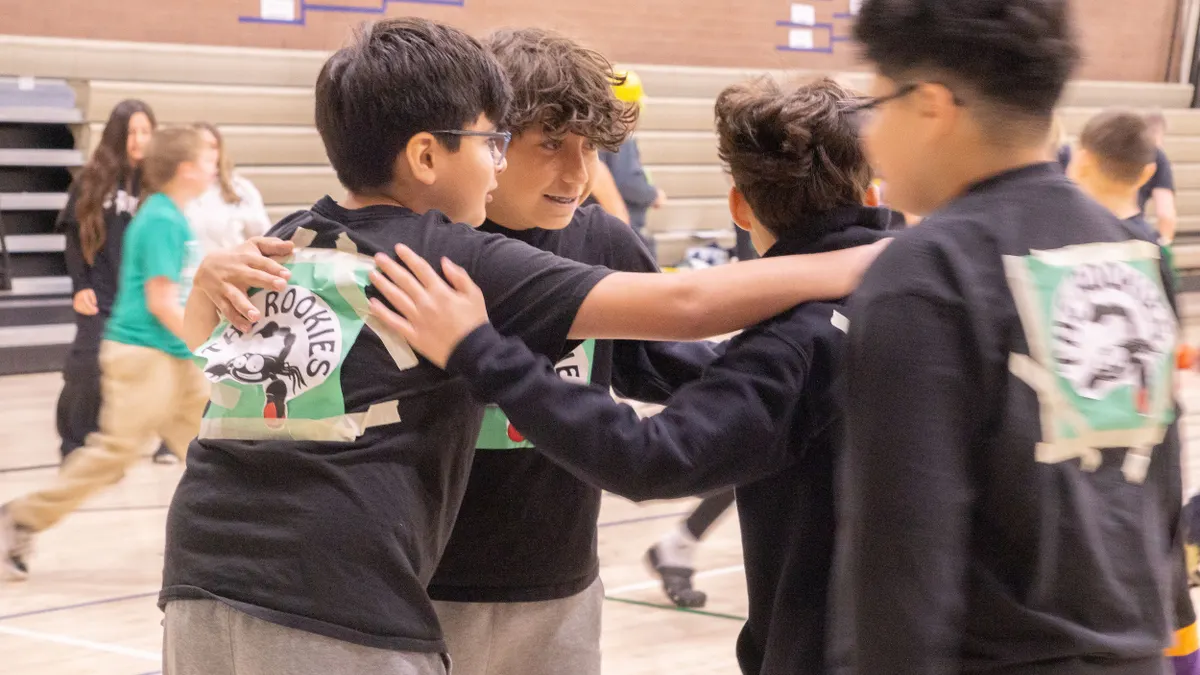

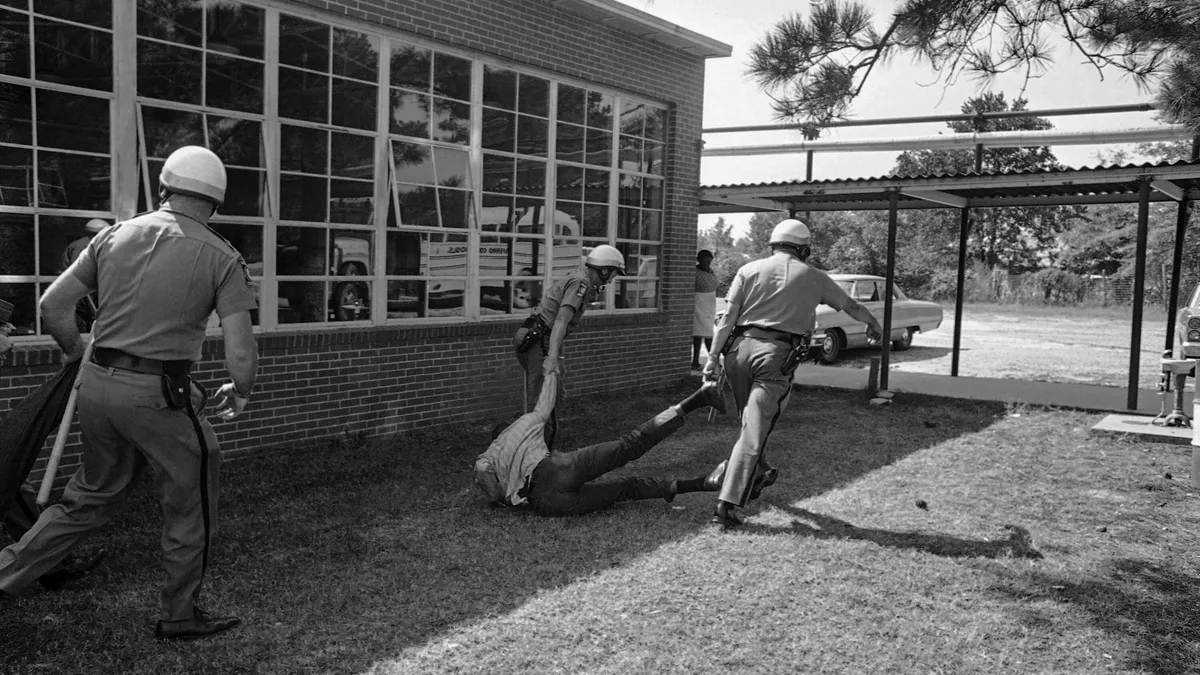


 Dive Awards
Dive Awards
